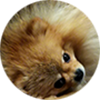I – What is a Pomeranian?
Pomeranians have beautiful, dense coats, large legs, fairly compact bodies, small ears and short to medium noses.
Its lifespan is approximately 14 – 15 years.
Some live to 16 or even 17.
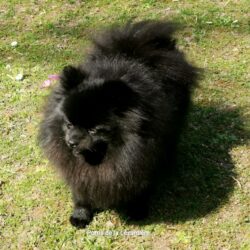
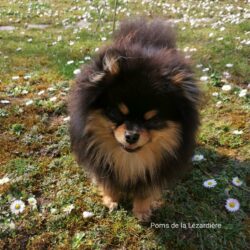
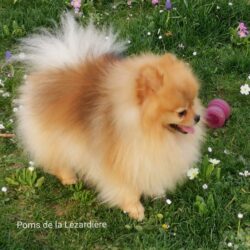
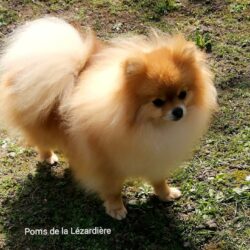
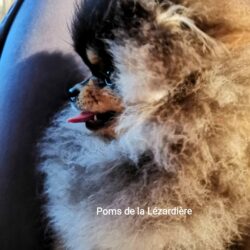
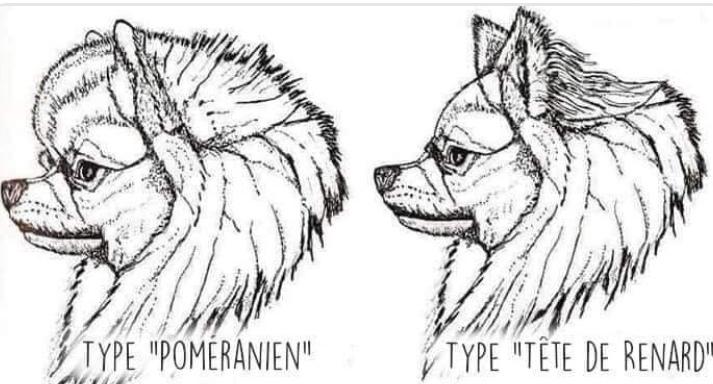
II – What is the difference between a Spitz Nain and a Pomeranian?
Breeders have used genetic selection to create a new type of Spitz called the Pomeranian.
The difference between the Spitz Nain and the Pomeranian can be seen in the head. The Pomeranian has a more short, a more rounded head, smaller ears and more rounds. He has also more volume for the fur, small thicker legs.
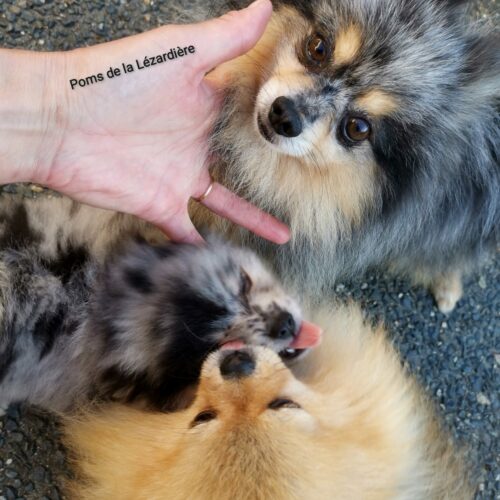
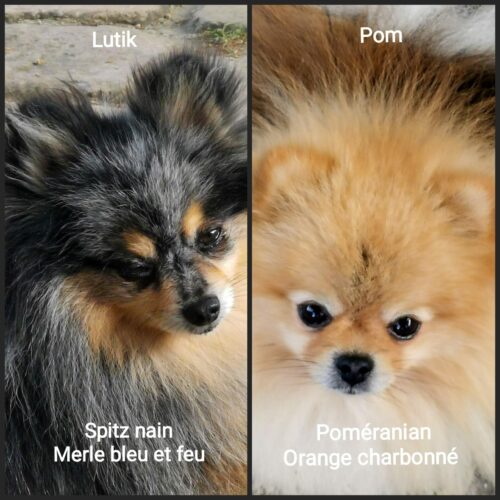
I.C.F.
La ICF (International Cynological Federation) has set the type of Dwarf Spitz since 04-09-2019.
The required height is 21 cm (+- 3 cm).
The Pomeranian is not recognised in France (it is recognised in the United States, for example, as a breed in its own right).
In France, we don’t distinguish between Dwarf Spitzs and Pomeranians.
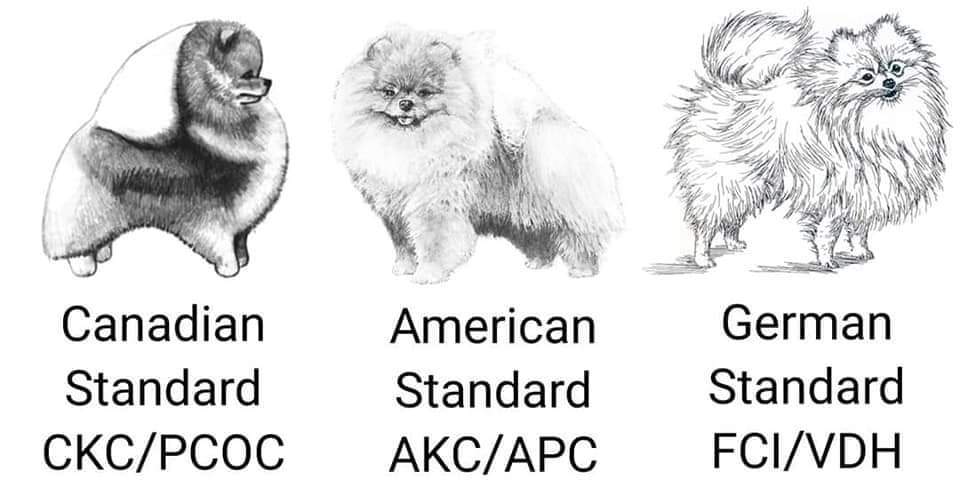
III – Why do Pomeranians have different types?
Some breeders have developed the breed.
The difference depends on the lineage and genetics of the Pomeranian.
The Spitz type, a more primitive appearance as the breed was in ancient times; with a fuller coat, abundant undercoat. The neck is provided with an opulent mane-shaped collar. The tail is bushy and carried on the back. The head is called a fox head. The ears are erect and smaller.
The Pomeranian type, still with a puffy coat, a more abundant mane, a shorter muzzle, smaller, rounder ears and legs with more hair, giving an overall rounder appearance. The tail is bushy and carried on the back.
The American Pomeranian type has a broader muzzle. The forehead is more rounded.
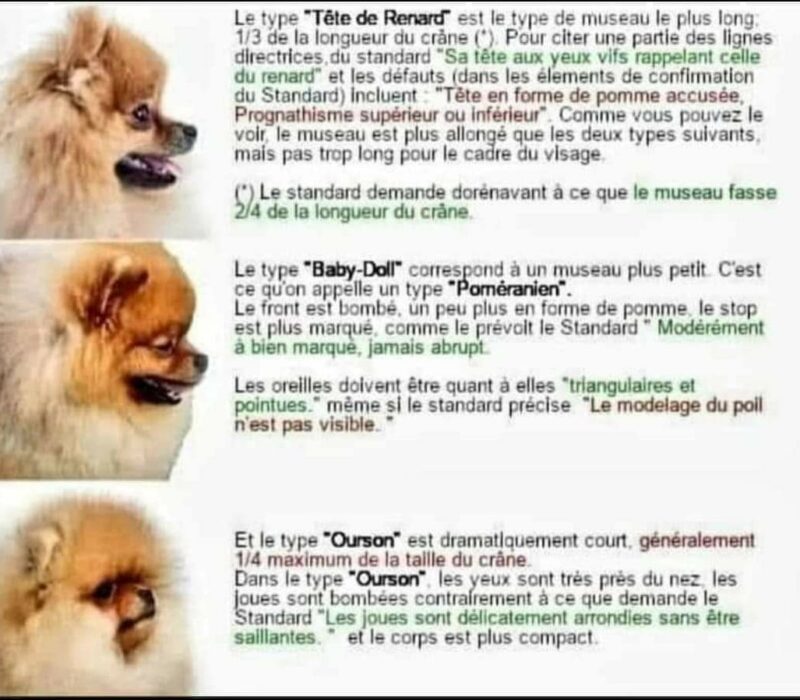
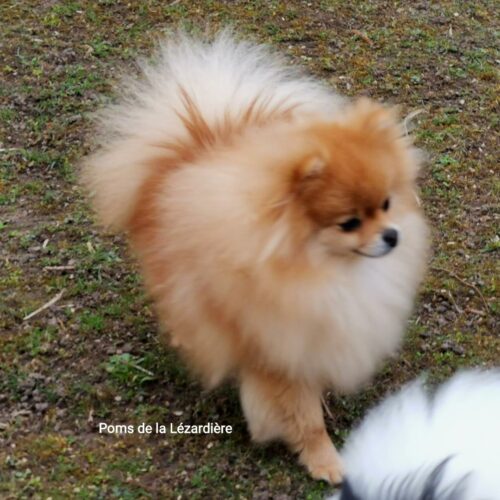
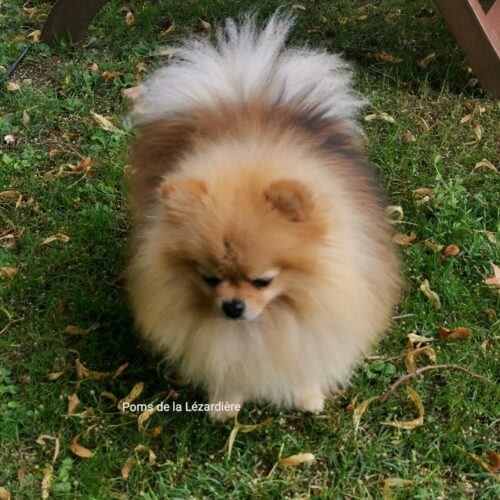
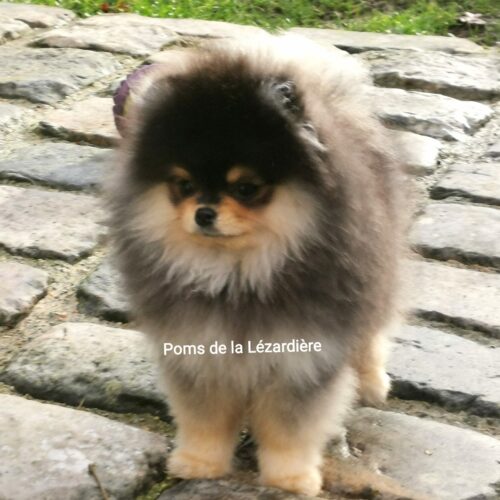
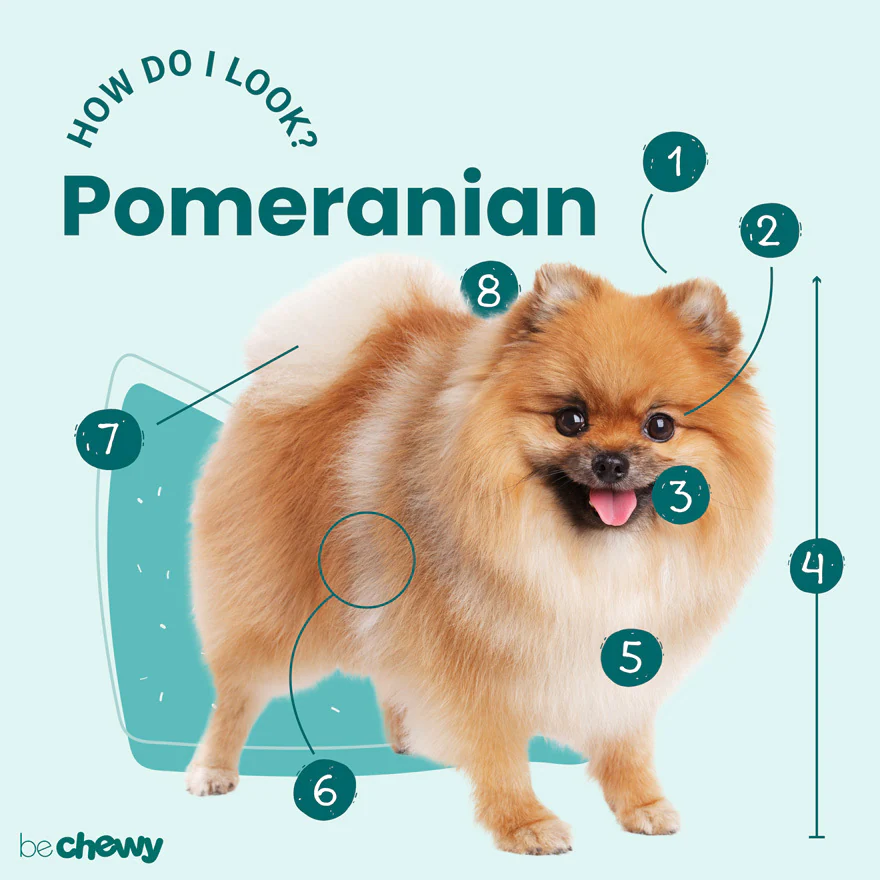
Happy-go-lucky is a Pomeranian’s middle name, because his personality is both friendly and curious. They live for social interactions and to make their pet parents laugh out loud.
If you have kids at your house, you’ll be glad to learn that aggressiveness isn’t typically in this dog’s nature. Pomeranians aren’t known for biting, although any dog will snap if provoked. So keep a watchful eye out for toddlers and pre-schoolers who may accidentally drop or squeeze this fluffy ball of fur too tightly – it’s easy to mistake a little Pomeranian for a favourite stuffed animal. Still, this breed is known to be rather compatible with their extended family, whether it includes other dogs, cats or children.
Not only do they have the looks, but also the smarts. Poms have competency in spades and they’re adept at picking up fun new tricks. If you’re hoping to try obedience classes with your Pomeranian, this breed is very intelligent and likely to get good marks!
Unsurprisingly, the Pomeranian excels in jobs such as therapy dog work and is also known to make an excellent watchdog as it is not afraid to bark. And if looking absolutely adorable is considered a type of employment, then a Pom fills this requirement too—and you should hire this fur baby, pronto!
Pomeranians are sometimes described as arrogant, which probably refers to their proud walk and bouncy personality. Smart, perky and alert to everything around them, the Pomeranian breed’s generally positive temperament makes them worthy of top-dog status in many types of families.
reference : be.chewy.com/dog-breed/pomeranian/
reference : be.chewy.com/dog-breed/pomeranian/
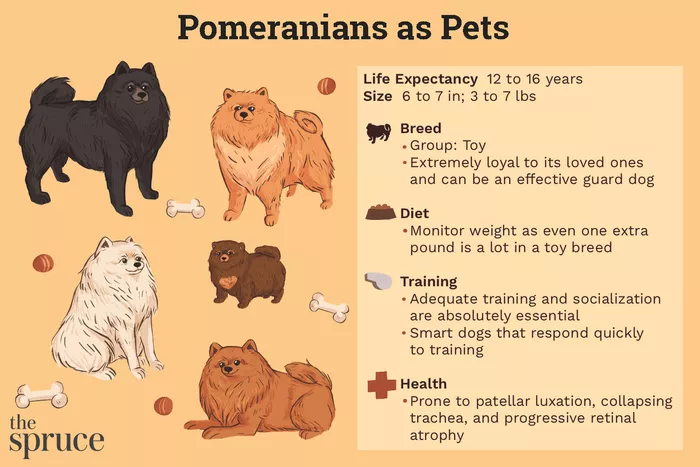
reference : The Spruce / Emilie Dunphy
Esprit Dog
Discover the German Spitz dog
the important points of this breed of dog such as: – behaviour – education and training – health – not forgetting the received ideas
Links to learn more
ICF International Cynological Federation: German Spitz Nomenclature
CKC Club Kennel Canadien : Pomeranian standards
AKC American Kennel Club : Traits & characteristics
AKC American Kennel Club : Official standard of Pomeranian
The Kennel Club (England) : Breed Standard
More information
The morphology of the spitz; skeleton, musculature, dentition
